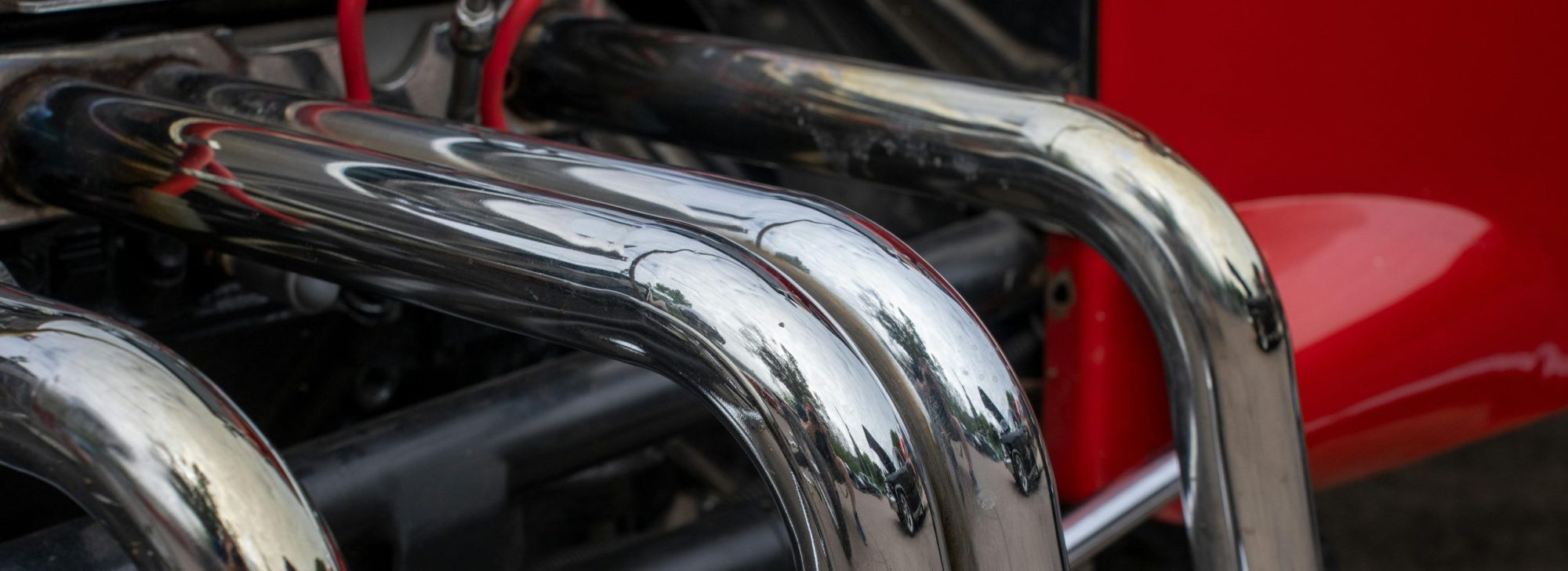As we approach 2025, the automotive industry continues to evolve at a rapid pace, driven by technological advancements, sustainability concerns, and changing consumer demands. From electric vehicles (EVs) to autonomous driving, the next few years promise to reshape the way we think about mobility. Here are some of the key automotive trends to watch in 2025:
1. Electric Vehicles (EVs) Take Center Stage
One of the most significant trends in the automotive industry is the shift towards electric vehicles. As governments around the world push for reduced emissions and stricter environmental regulations, automakers are accelerating their EV production. In 2025, it is expected that electric vehicles will make up a larger share of the global car market, with some countries even aiming for all-new car sales to be electric by the mid-2030s.
The continued development of battery technology is making EVs more accessible, with improved range, faster charging times, and lower prices. This trend is also accompanied by the expansion of EV charging infrastructure, making it easier for consumers to adopt electric vehicles.
2. Autonomous Driving
Self-driving cars are no longer a distant dream; they are becoming a reality. By 2025, we are likely to see more advanced levels of autonomous driving technology, with vehicles capable of handling more complex driving scenarios. Companies like Tesla, Waymo, and traditional automakers are investing heavily in artificial intelligence, sensors, and machine learning to make fully autonomous vehicles safe and reliable.
While fully autonomous cars may not yet be ubiquitous on the roads, the development of advanced driver-assistance systems (ADAS) such as lane-keeping, adaptive cruise control, and automatic emergency braking will continue to improve the driving experience. These technologies are paving the way for a future where fully autonomous driving could be the norm.
3. Sustainability and Green Manufacturing
Sustainability is not just about the cars themselves but also about how they are made. In 2025, expect more automakers to embrace green manufacturing practices. This includes the use of recycled materials, renewable energy sources in production facilities, and sustainable supply chains. The push for a circular economy will drive innovations in vehicle lifecycle management, from designing cars with recyclable components to creating efficient ways to reuse batteries.
Additionally, hydrogen-powered vehicles, although not as mainstream as EVs, are gaining traction as a cleaner alternative to traditional fuel-powered cars. Hydrogen fuel cells are being explored for heavy-duty applications such as trucks and buses, and their potential in passenger vehicles is also growing.
4. Vehicle-to-Everything (V2X) Communication
The future of driving is interconnected, and vehicle-to-everything (V2X) communication is playing a key role in this shift. V2X refers to the exchange of data between vehicles and their environment, including traffic lights, road signs, other vehicles, and even pedestrians. By 2025, this technology will enhance road safety, traffic flow, and driver convenience.
With V2X, vehicles will be able to communicate with one another to prevent accidents, optimize routes, and alert drivers to potential hazards. This system will be critical for the future development of autonomous vehicles, as it allows cars to "speak" to each other and their surroundings in real-time.
5. Connected Cars and Smart Features
Cars are becoming more connected than ever before. By 2025, vehicles will be equipped with advanced infotainment systems, real-time data sharing, and enhanced connectivity with smartphones and other devices. Drivers will be able to seamlessly integrate their vehicles into their digital lifestyles, controlling everything from climate settings to navigation via voice commands or mobile apps.
Moreover, smart features such as augmented reality dashboards, predictive maintenance, and over-the-air (OTA) software updates will become standard. This means cars will not only be smarter but also more adaptive, learning from the driving habits and preferences of their owners to provide a personalized experience.
6. Shared Mobility and Subscription Models
The concept of ownership is also evolving. With the rise of ride-hailing services, car-sharing platforms, and subscription-based models, more consumers are opting for access over ownership. By 2025, these models will become even more widespread, with consumers able to rent, share, or subscribe to vehicles based on their needs rather than owning a car outright.
Automakers are increasingly adopting these models as they look to reduce their environmental impact and cater to younger, more urban-centric consumers who prioritize flexibility and cost-effectiveness over car ownership.
7. Advanced Materials and Lightweight Vehicles
To improve fuel efficiency and performance, automakers are turning to advanced materials like carbon fiber, aluminum, and composites. These materials are lightweight yet incredibly strong, helping reduce the overall weight of vehicles and improve fuel economy. By 2025, expect to see more vehicles constructed using these innovative materials, contributing to a greener automotive future.
Additionally, the use of 3D printing and other advanced manufacturing techniques will allow for more customized and efficient vehicle production, enabling automakers to create lighter, more durable components at a lower cost.
8. Electric Two-Wheelers and Micromobility
With the rise of urbanization and the need for alternative transportation options, electric two-wheelers and micromobility solutions such as e-scooters and e-bikes are becoming increasingly popular. By 2025, these modes of transport will play a larger role in the automotive landscape, offering an eco-friendly and efficient solution for short commutes in crowded cities.
Governments and cities around the world are also supporting the adoption of these electric mobility solutions by providing infrastructure such as dedicated lanes and charging stations.
Conclusion
The automotive industry in 2025 will be characterized by technological innovation, environmental responsibility, and a shift in consumer behavior. As electric vehicles, autonomous driving, connected features, and sustainability practices become more prominent, the way we interact with transportation will change dramatically. Whether it’s through greener vehicles, smarter technology, or new ways of accessing transportation, the future of mobility is sure to be exciting.

A WordPress Commenter
Hi, this is a comment.
To get started with moderating, editing, and deleting comments, please visit the Comments screen in the dashboard.
Commenter avatars come from Gravatar.